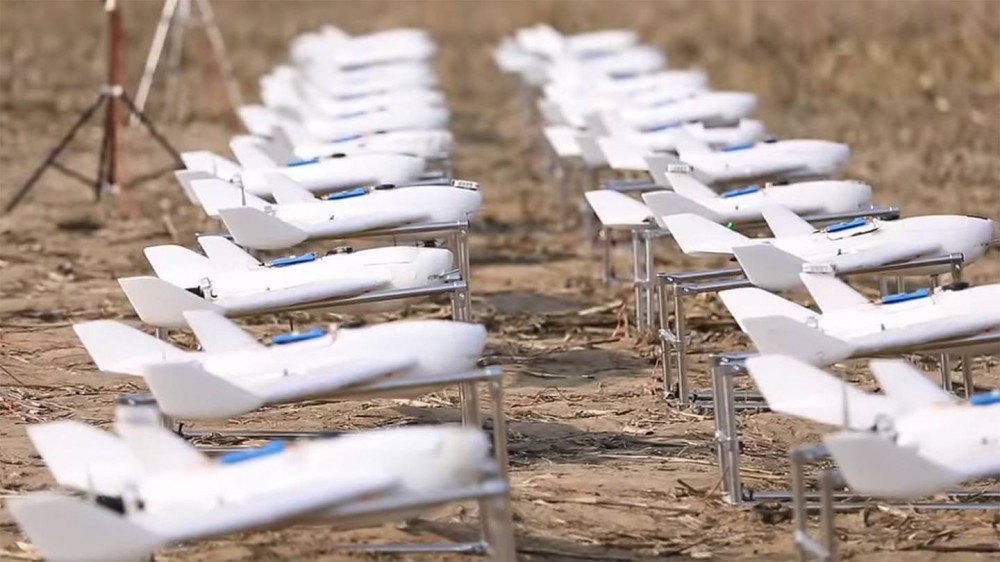According to an article published two days ago in the Chinese military’s official journal , a team of researchers from the Chinese military university National University of Defense Technology (NUDT) successfully tested, in early December, a swarm of ” several tens of fixed-wing drones.
The text has given little detail – it is only learned that the test had the objective of evaluating autonomous flight technologies in training, and the ability of the swarm to conduct a reconnaissance mission to the above a certain area.
The project and development work is led by Professor SHEN Lin Cheng (沈 林 成), PhD supervisor and Chair of the NUDT Institute of Artificial Intelligence Sciences.
“The team has been working for nine months on the preparation of this swarm test, sometimes we have to do a hundred test flights a day,” says the former director of the institute of electro-mechanical engineering and automation, “We have precise short, medium and long term objectives, which are consistent with those set by the government on the modernization of the Chinese armed forces by 2020, 2035 and 2050.”
Despite “rudimentary” testing site conditions, the NUDT research team of an average age of 30 years has achieved a breakthrough in the areas of parallel perception, behavioral intention prediction, and Autonomous flight control focused on the handling of random incidents, says the People’s Liberation Army Daily article.
Note that the same university team has already conducted another swarm trial in the month of October, but the number of drones was limited to only “a few,” according to another article published on the Chinese military website .
At least two other entities in China are currently working on drone swarm projects. In June this year, the Chinese electronic giant CETC performed a demonstration flight with 120 fixed-wing drones (1 was lost after take-off). The swarm gathered autonomously in flight and conducted tests around several topics, such as ad-hoc networking, autonomous mission squadron clustering, distributed-mode surveillance, and target encirclement. for example.
The Chinese Academy of Sciences (CAS), meanwhile, also conducted stratospheric tests with unpowered fixed-wing mini-drones , launched by an electromagnetic catapult on top of a special balloon.
Apart from the NUDT, the CETC and the CAS, the analysis of published R & D documents shows that at least a dozen Chinese universities and industrialists have also launched research projects on technologies related to the collaborative work of drones – air, naval or land – and possible applications of the swarm of drones in the military.
Source: East Pendulum

